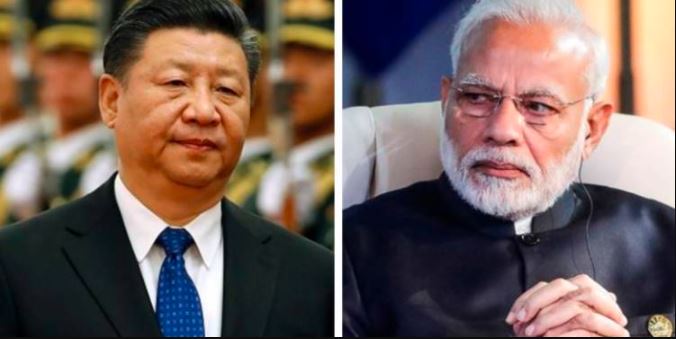A few months ago, in January this year, China accepted that it has lost the vaccine war against India. Accepting India’s vaccine supremacy, Global Times, the CCP mouthpiece published a report that argued, “Experts suggested that India’s vaccines are no less competitive than Chinese Covid-19 vaccines in both research and production capacity, considering that India has the world’s largest vaccine manufacturer and lower costs in labour and facilities.”
India exported more than 36 lakh vaccines to countries around the world, and China did not dispute the claim that Indian vaccines are better than the Chinese ones. The vaccine export through PM Narendra Modi’s ‘Vaccine Maitri’ initiative significantly improved India’s prowess in the international community. Yet, the Modi government had to halt the exports after the sudden surge in the COVID-19 cases in India.
However, as India witnesses the second wave of coronavirus, China sees it as an opportunity to export vaccines to countries like Afghanistan, Bangladesh, Nepal, Pakistan and Sri Lanka, most of which were dependent on Indian vaccines so far. China’s Foreign Minister Wang Yi recently held a virtual conference with his counterparts and promised to supply vaccine to these countries.
Bangladesh was quick to reply to China’s proposal. Bangladeshi Foreign Minister A K Abdul Momen complained that India is not supplying vaccines amid a surge in infections and requested China to supply the doses as soon as possible. “Whenever we approached them, they kept saying ‘keep your fingers crossed,’” Momen said, “Now we’ve urged China to give us vaccines as soon as possible, to which they responded positively. But there’s no specific time frame.”
The countries around the world know that the vaccines manufactured in India have a better efficacy when compared to China. Even the Chinese experts have admitted that the Indian vaccines are superior. An expert was quoted by Global Times as saying, “India has the world’s largest vaccine manufacturer Serum Institute of India that has a very mature production and supply capacity, even stronger than some Western countries. Indian manufacturers also have much earlier cooperation with global institutes including WHO, GAVI and the Pan American Health Organization in South America (PAHO), and earned their trust decades ago.”
“They take a closer approach to Western standards in vaccine development and regulation that has also helped their exports,” he added.
Only recently, Dr Anthony Fauci, the most popular face of the American medical establishment and chief medical advisor to US President Joe Biden, in an interview with The Guardian, said that Covaxin – the vaccine manufactured by Bharat Biotech protects against more than 600 variants of Coronavirus.
“Now, this is something where we’re still gaining data on a daily basis. But the most recent data was looking at convalescent sera of COVID-19 cases in people who received the vaccine used in India, the Covaxin. And it was found to neutralise the 617 variant,” he said, according to news agency PTI.
For many months, China tried its vaccine diplomacy with African and Asian countries but given the poor quality of its vaccines, most of the countries around the world refused to purchase or even take them for free. However, as India has halted the vaccine exports, China sees it as an opportunity to export its poor quality vaccines to countries like Bangladesh, Nepal, Afghanistan, Pakistan, and Sri Lanka.
The countries that had earlier refused to purchase/take Chinese vaccines are now ready to have them because amid the surging cases of COVID-19 the Indian government is delaying the exports. However, once India is done with its domestic obligation – which shall happen soon given the exponential rise in the production capacity of Indian vaccine manufacturers in the last few weeks – and the Modi government lifts restriction on exports, the Indian vaccines will be ready to dominate the world once again.
